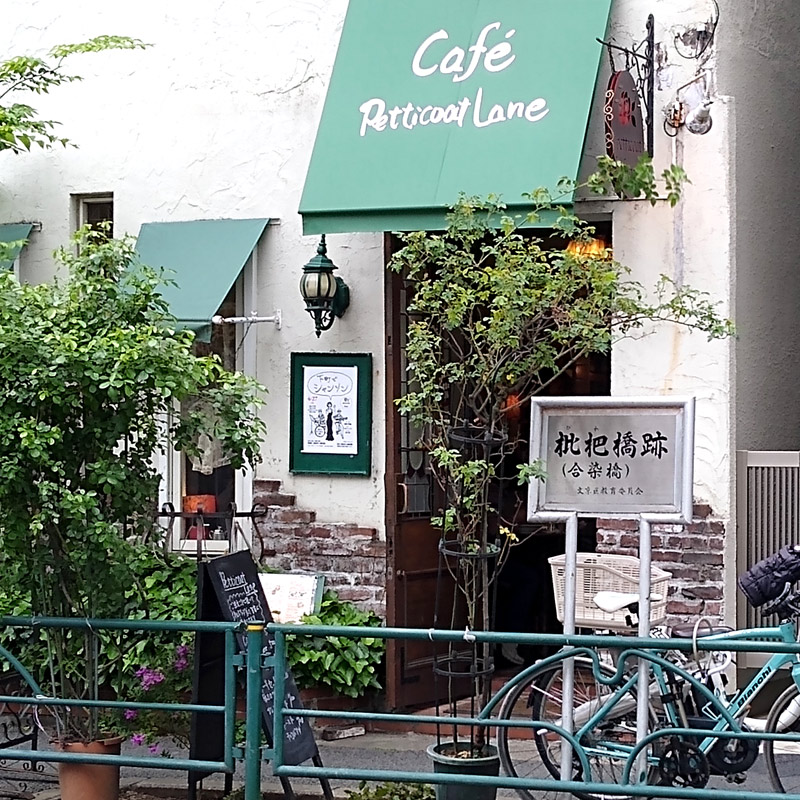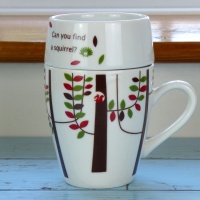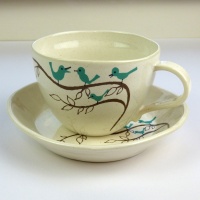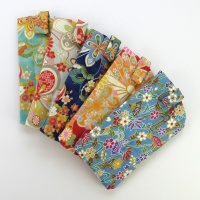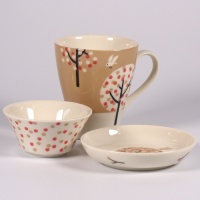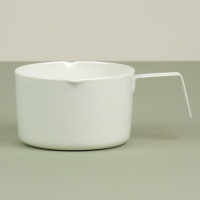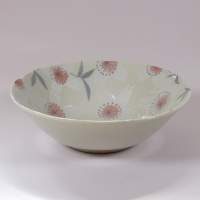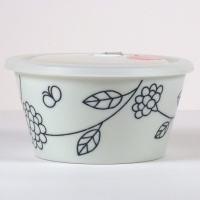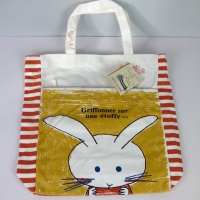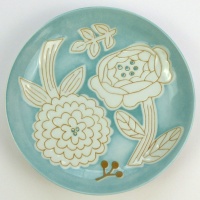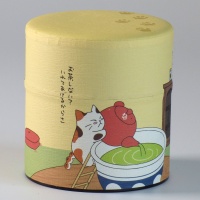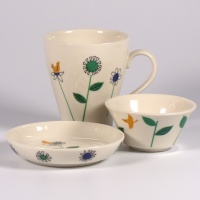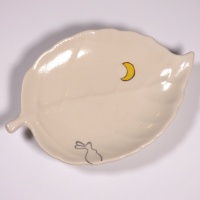The term ‘zakka’ in Japanese literally means ‘miscellaneous goods’ and, post-war, it came to refer to everyday utensils and home accessories. But more recently zakka has come to mean a design style, particularly for interiors, and a way of thinking about the ordinary things we use every day.
In Japan you can frequently see this style in homes and commercial establishments and it has remained fashionable for many years, so much so that you could regard it as ‘timeless’. Of course it’s a modern invention but one that draws on traditional styles of the past, though not necessarily Japanese ones!
In fact, you can see that zakka is heavily influenced by European design, particularly French, Scandinavian or Swiss design à la Studio Ghibli’s distinctive style. It’s hard to pinpoint a precise era or particular culture and there is a sense of fantasy about the visual aesthetic in that it harks back to a nostalgic time that probably never really existed anywhere.
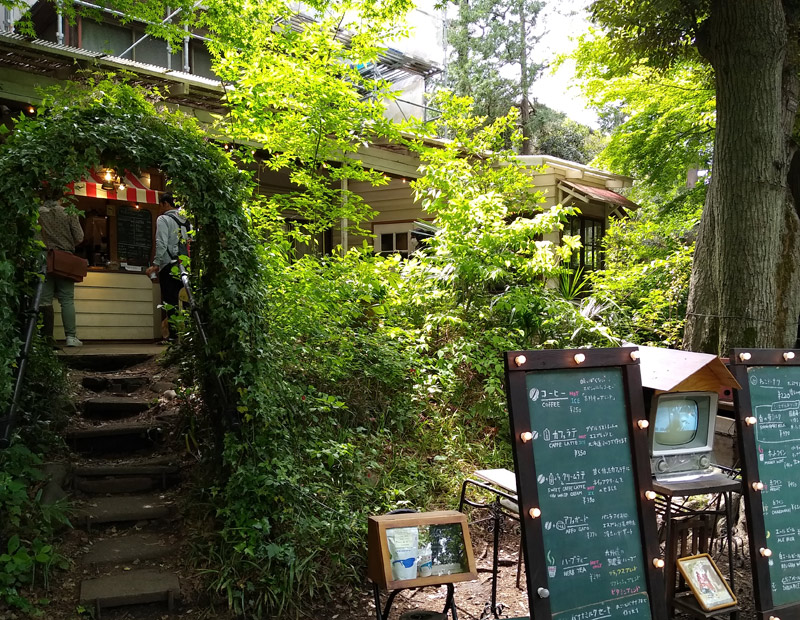
Zakka style also spills out to become part of the street scene. It’s a treat to find these pretty exteriors in pastel colours on the streets of central Tokyo, making full use of old fashioned windows and doorways, a vintage push bike parked up outside. Potted plants and flowers, rusted signs and retro lightbulbs (LED of course) all add to the atmosphere.
Wandering around the city you may find a tiny café hidden away amongst the trees of a park; or a hair salon in the urban centre that looks like it belongs in a small village. Through narrow side streets you might stumble upon the most perfect bakery or a stairway leading to a tiny shop filled to the brim with vintage toys.

Zakka brings to life a simplicity that many of us yearn for; a comfortable and homely, nostalgic feeling from childhood. Maybe it reminds you of your Grandma’s house, or our fairytale fantasy of what Grandma’s house might have been like!
But can you define zakka? Some people say there isn’t an easy definition and, I agree, it can be hard to put your finger on. However, I think there are some values and style points that you can consciously pick up on and incorporate into your own home style.
Creating zakka style is all about personal touches, having a collated aesthetic and, most of all, seeing joy and beauty in everyday things.
The main philosophy of zakka is that the ordinary things you use every day can improve your life. If you surround yourself with attractive, carefully selected objects you will enjoy using them and relish that time instead of rushing through life as quickly as possible. These decorative and yet functional items brighten our homes and because they were chosen thoughtfully and are treated carefully, they bring a certain satisfaction in their use.
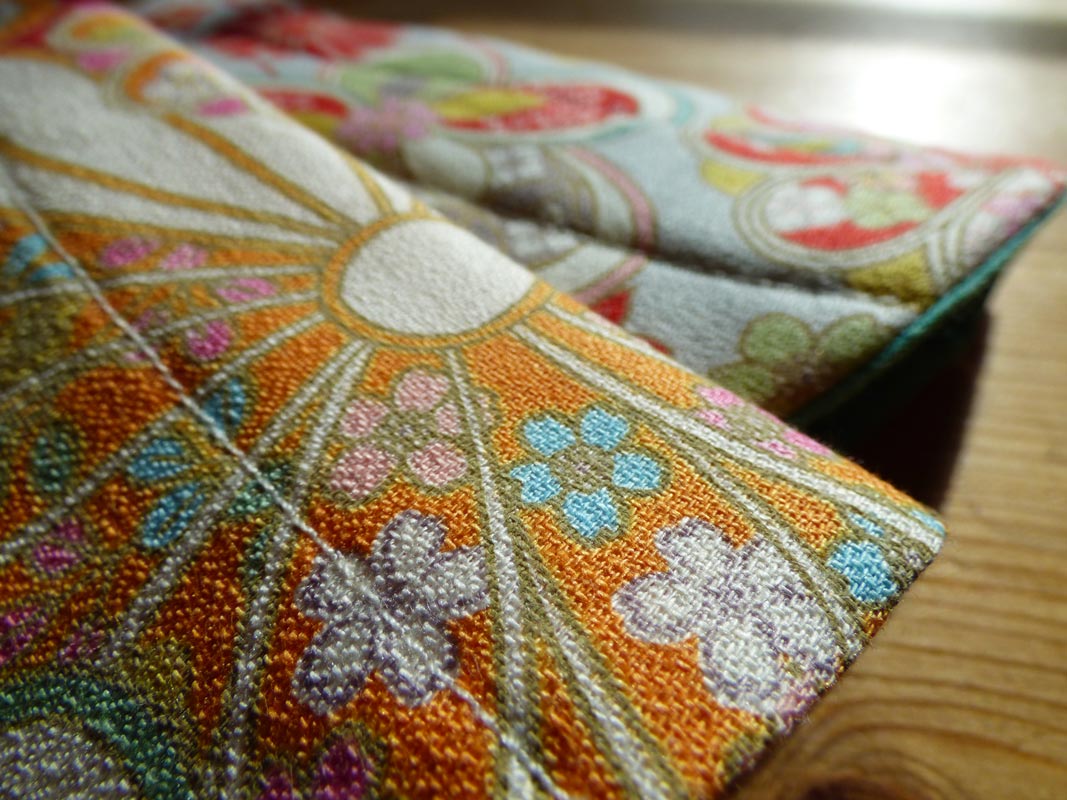
Now, no one is promising a solution to life’s problems, these are after all only things, but many of these ‘zakka’ ideas are the seeds behind the philosophy of Mindfulness: Being thoughtful in the things we do, taking time to enjoy them and appreciating the small things around us.
Taking care of our possessions and imbuing them with an emotional attachment instead of treating them as ultimately disposable also fits in nicely with the ‘reuse, reduce, recycle’ concept. The things we choose don’t have to be expensive, just attractive, useful or fun; appealing to no one but yourself. The smallest kitsch item picked up at a charity shop can fit the zakka theme perfectly if it called to you from afar and made want it!
Zakka décor is drawn together from sensitivity, self expression and calmness. We may be talking about everyday homeware but there’s no clutter here! The best zakka interiors are carefully curated with an eclectic but precise approach. The art is in getting that effortless thrown-together effect and yet the reality is that everything is individually selected so that it creates an attractive, pleasant atmosphere and a ‘just so’ feeling.

A simple, neutral colour scheme and interior style can be highlighted with features such as a cute character or colourful pattern. It’s easy to achieve this with crockery such as mugs and dishes and with fabrics in the form of cushions, curtains and towels. Careful not to over-do the sophistication! Cheerful colours and a soft cuteness keep the innocent, nostalgic vibe going along with animal and flower motifs to bring the natural world indoors.
Japanese designer Shinzi Katoh is a favourite among fans of Zakka style. The simplicity of the illustrated designs is reminiscent of a children’s story book and bring a sweetness and personality to modern household items. They show a caring side and an appreciation of nature and the simple things in life.
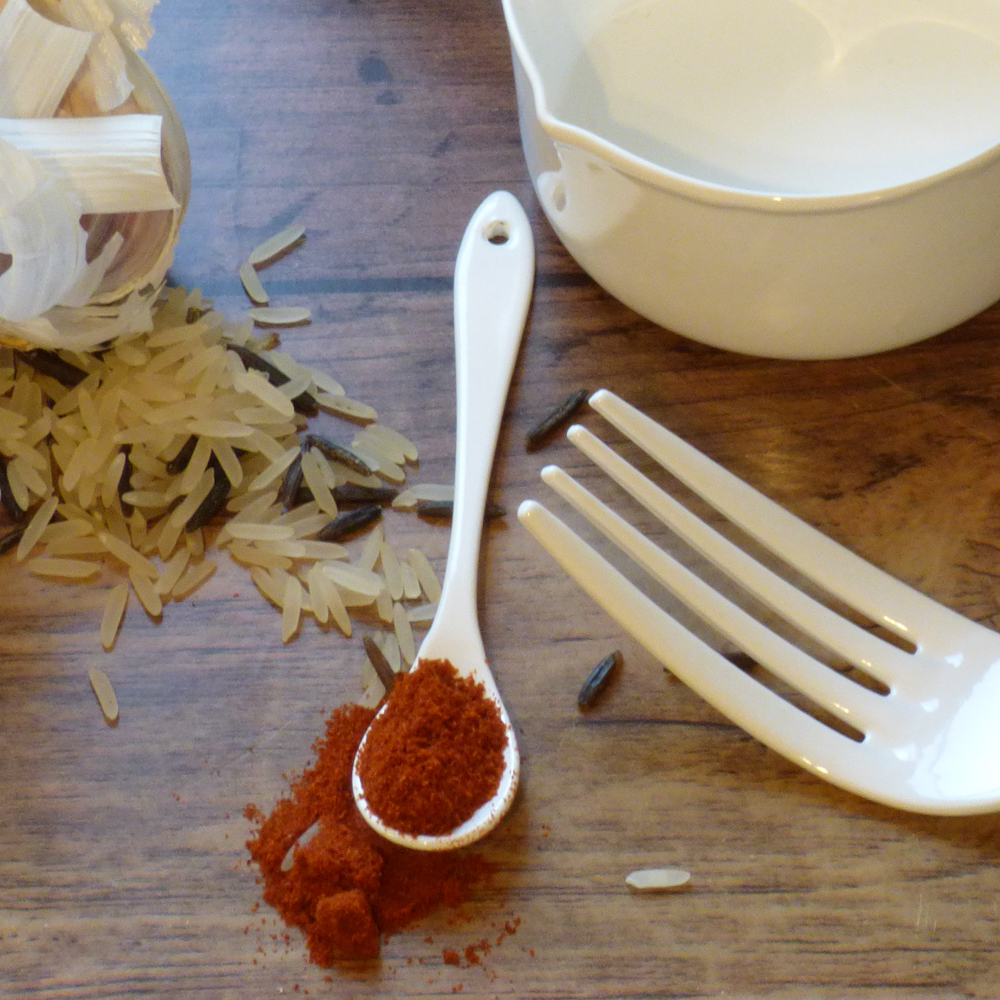
As you have probably worked out a vintage, distressed or upcycled look is important to getting that zakka feeling at home. This can be impractical when it comes to ceramics or kitchen utensils so in Japan you often find rough edges or a deliberately uneven finish to even manufactured goods to get that rustic, naïve charm.
But don’t get the idea that this is a coldly calculated commercial decision to fit a particular market. Japan is known for having a great many small factories, often run by one family for many years and this naïve, natural finish to production goods is part of the expression and artistic nature of the designers and craftsmen that manufacture them. Machines and moulds are used but there is often a lengthy creative process in the design, much expertise in the manufacture and many items are individually finished by hand using traditional methods.
You can push the boat out but I do believe that zakka is a style ideal for those who don’t have a lot of cash to throw around. By ignoring trends and choosing the things you love; mixing and matching, blending colours and styles and picking objects that are useful as well as attractive you can pull together a unique style that reflects your own personality. It can make your home comforting, comfortable and somewhere you just want to ‘be’.
Zakka at Hatsukoi
I love looking for 'zakka' style items to stock, influenced by the styles and designs that I see in Japan. Here is a taster but there are many more in the shop and a whole section of Shinzi Katoh goods.


